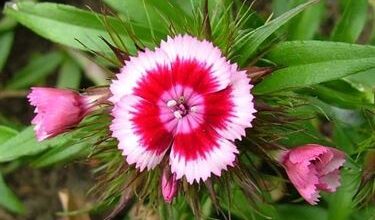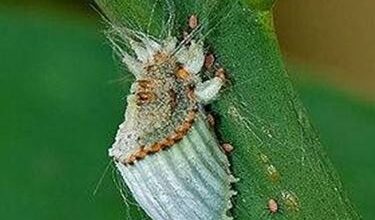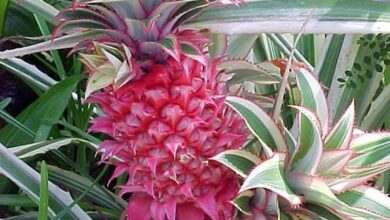Vanilla persimmon
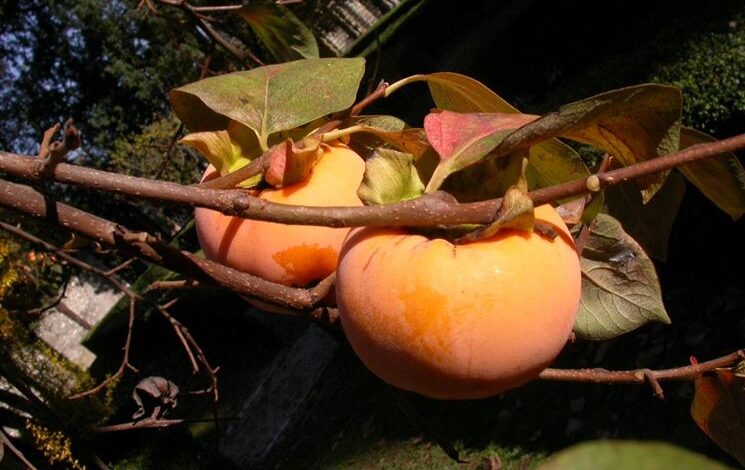
The vaninglia kaki: genrality
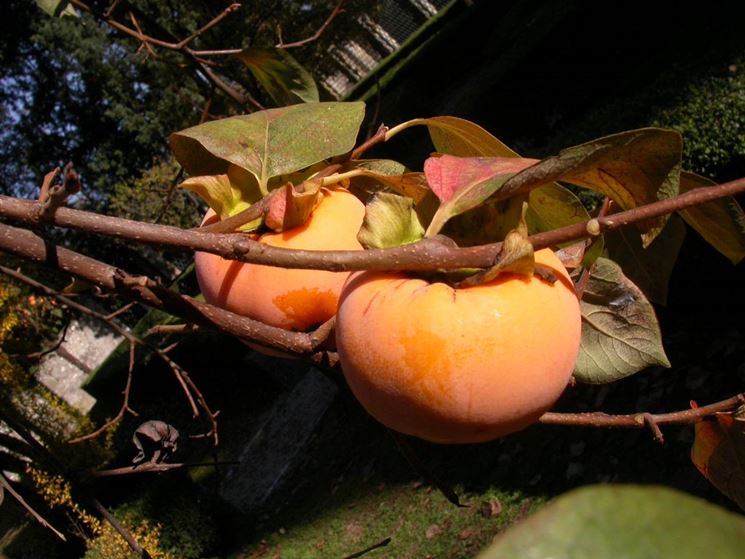
The vanilla khaki: characteristics
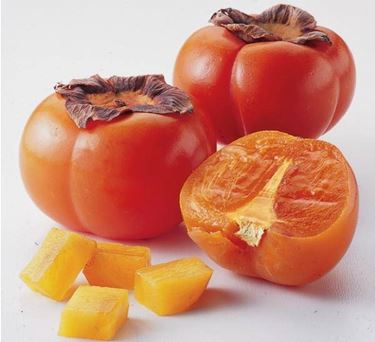
The vanilla kaki is one of the fruit trees with a very long history behind it.This was cultivated in the countryside of Naples and it is only in themes that are relatively recent that it has spread to other areas of northern Italy.The typical fruit has a shape slightly flattened. It is a medium vigorous plant that is particularly resistant to cold temperatures. The skin of the fruits it produces is thin and has a yellow color tending to orange. When it darkens it is ready for harvesting but only when the skin color becomes dark red, then it will mean that the fruit has reached its biological ripeness.The pulp has a bronzed color and is particularly juicy as well as being very rich in seeds whose flavor is sugary and juicy.
How to grow vanilla kaki
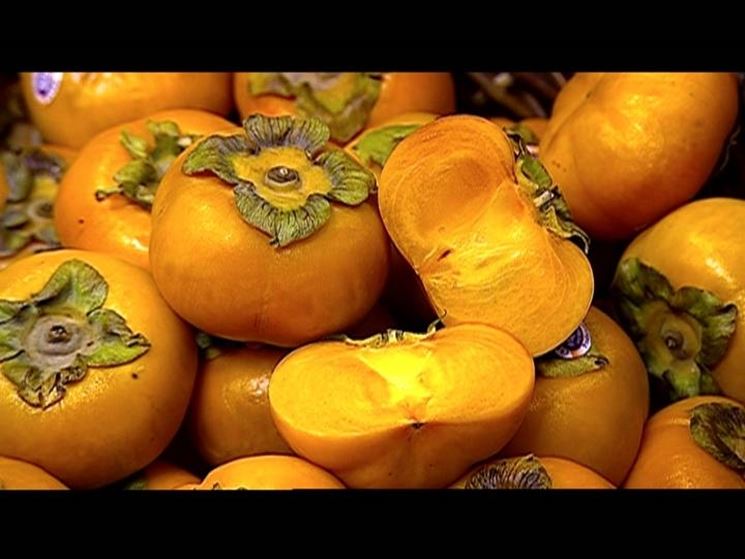
To be able to cultivate the vanilla persimmon you will have to choose a position that is particularly sunny.If you want to plant it on the ground we will have to dig a hole that has a width that is between eighty and one hundred centimeters and that is at least thirty deep. they will need to be aired. Before grafting the persimmon you will have to immerse its roots in a good amount of slush. There they will have to be left for about twenty minutes to ensure that they absorb all the liquid that is contained there. Only when the roots are perfectly covered with mud will we be able to place the tree inside the hole by spreading the roots, separating them well from each other.For the plant to take root well, the grafting point must be at ground level .
Vanilla kaki: The vanilla kaki, tips for growth
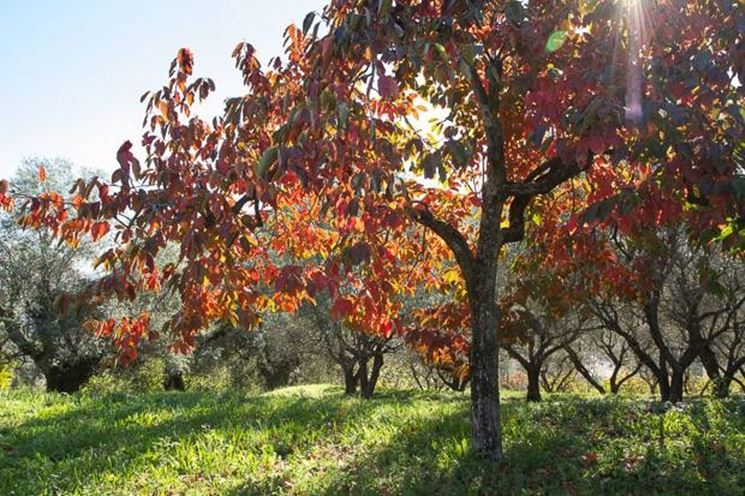
Once we have planted our vanilla persimmon specimen, in order for it to become one of the most beautiful fruit trees in our garden, we will need to ensure that it grows healthy. , for example, a vertical pole. To this support we will tie the vanilla khaki so that it does not break with the first gusts of wind. Only now will we be able to close the hole with the soil that will be pressed. On the upper part of the soil you will have to add some fertilizer that will be used to nourish the kaki in the first phase of growth. After having grafted it, we will have to proceed with a first watering that will allow us to settle the soil around the plant. The first fruits will be obtained the year following grafting.

